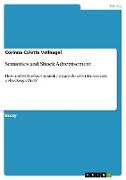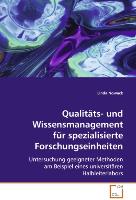- Start
- Semiotics and Shock Advertisement
Semiotics and Shock Advertisement
Angebote / Angebote:
Essay from the year 2011 in the subject Communications - Public Relations, Advertising, Marketing, Social Media, grade: Excellent, The University of Surrey (Department of English), course: Language of Advertising, language: English, abstract: There is advertisement - and there is advertisement: Most ads have the intention to make people aware of a product, service or concept followed by the purchase and therefore "support the free-market economy" (Reschke: 1998, p. 1), but there are ads whose main aim is to inform people, more precisely to call their attention to a certain topic. Consequently, advertisements cause different reactions: Some ads make people smile or even giggle, some just communicate plane information, whilst others make people think and reflect, and again others literally shock people. Advertising campaigns such as the WWF 9/11 one, the "Get unhooked" ads or Antonio Federici's banned campaign (q.v. Appendix 1-3) are only three examples on the list of campaigns banned in the 21st century due to unethical content. Those offensive advertisements include "messages that transgress laws and customs (e.g. anti-human rights), breach a moral or social code (e.g. profanity, vulgarity) or outrage the moral or physical senses (e.g. gratuitous use of violence, use of disgusting images)" (Chan et al.: 2007, p. 608). Researchers found out that adverts, which "are incongruent with social norms attract attention and are more likely to be retained in memory" (Gulas and Weinberger: 2006, p. 173). Attracting interest can be done on different ways: by either using attention attracting pictures, sounds, signs or just simple words and phrases.
Folgt in ca. 10 Arbeitstagen

